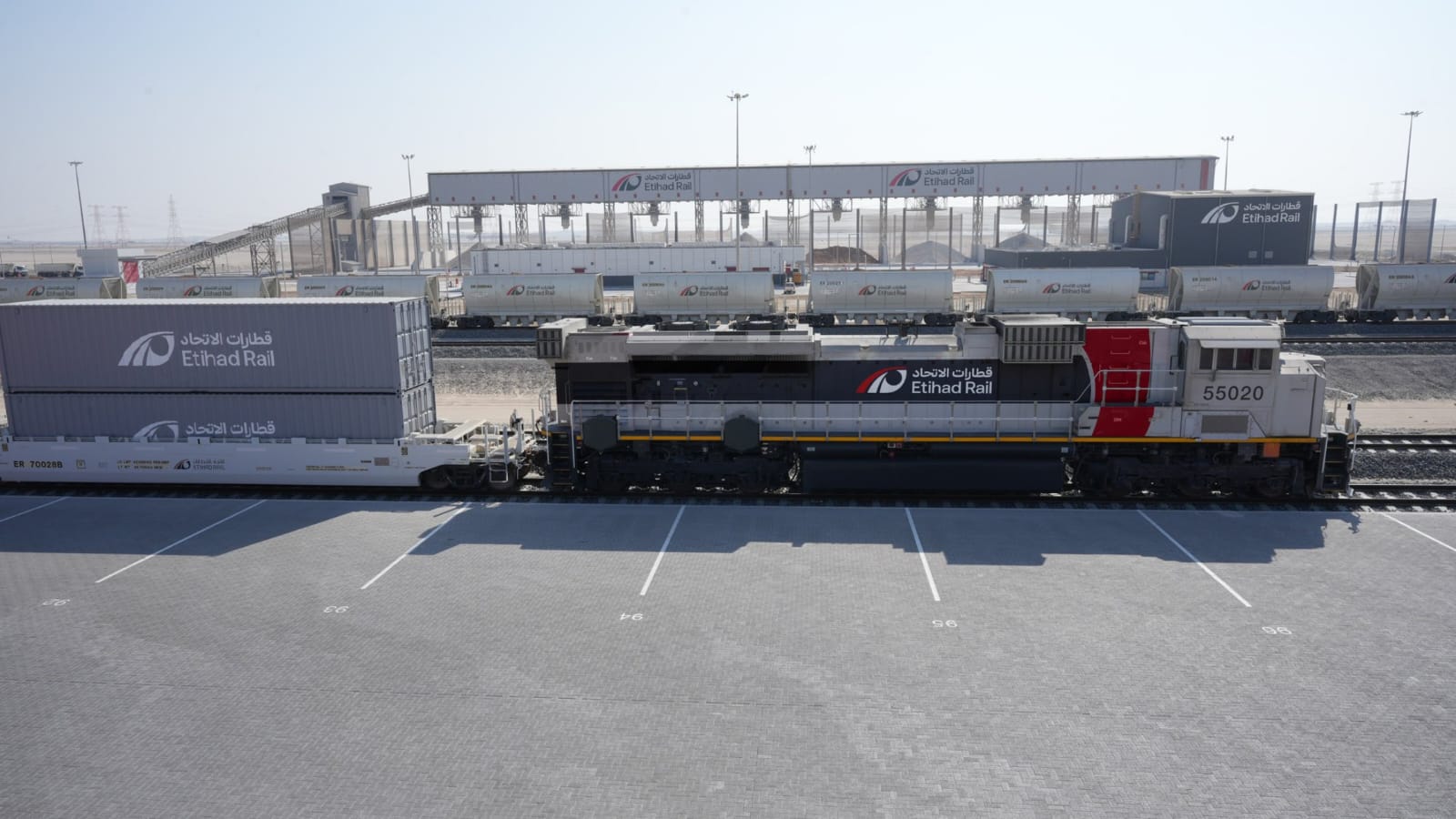India-U.S. Trade Talks Advance Toward Strategic Agreement

India and the United States share a rich history of economic and strategic cooperation, yet the trade relationship between the two has not been without its complexities. Recent discussions between Indian Prime Minister Narendra Modi and U.S. Vice President JD Vance signal significant strides in ongoing trade negotiations between the two countries. These talks mark an important milestone as the two nations seek to resolve longstanding issues related to tariffs and trade imbalances. Through a focus on reciprocal benefits, the efforts are aimed at bolstering economic ties while ensuring that the relationship evolves to meet the contemporary needs of both countries.
This article delves into the dynamics of the trade negotiations, highlighting the key areas of interest, the challenges, and the potential for a new trade agreement between India and the United States. It further explores the geopolitical backdrop, the broader context of international trade, and the strategic importance of this bilateral relationship.
The Evolution of the India-U.S. Trade Relationship
The India-U.S. trade relationship has evolved significantly over the past few decades. Once marked by barriers, the trade between the two countries now extends across a wide range of sectors, including information technology, pharmaceuticals, energy, defense, and more. In 2024, bilateral trade between India and the United States reached a staggering $129 billion, with India enjoying a surplus of $45.7 billion. Despite these impressive figures, trade relations have not been free from challenges, particularly with respect to tariffs.
Tariff-related issues have been a contentious point in the bilateral relationship. The United States has repeatedly expressed concerns about the high tariffs that India imposes on several American goods. In return, India has also pointed out the tariff barriers in the U.S. that have hindered access to American markets for Indian exporters. While these issues have caused some friction in trade relations, both nations have acknowledged the need for comprehensive discussions to resolve them and reach a mutually beneficial agreement.
A Diplomatic Moment: Vice President Vance’s Visit to India
U.S. Vice President JD Vance’s recent visit to India has added a new dimension to the ongoing trade discussions. Vance, on a personal trip to India, made a point to meet with Indian Prime Minister Narendra Modi to discuss the status of the trade talks. While Vance’s visit was not solely diplomatic, as it included personal engagements such as sightseeing and a trip to the Taj Mahal, it nonetheless presented an opportunity for meaningful dialogue between the two countries.
The meeting between Vance and Modi provided a platform for reaffirming the progress made in trade talks. Both leaders expressed optimism about the potential for a trade deal that could address key concerns related to tariffs, market access, and fair trade practices. This exchange of ideas marks a pivotal moment in the India-U.S. trade relationship, with both sides taking concrete steps toward a new trade agreement that reflects the contemporary needs of both economies.
The Need for a New Trade Pact: Economic and Strategic Motivations
At the heart of the ongoing trade talks is the need for a new trade pact that is fair, balanced, and mutually beneficial. Both India and the U.S. have expressed a shared desire for a modern trade agreement that promotes job creation and enhances the well-being of their respective citizens. The economic motivations for a new deal are clear: India, with its growing market and expanding economy, seeks better access to U.S. goods and services. Meanwhile, the U.S. is eager to address the trade imbalances that have characterized its relationship with India, seeking reciprocal access to the Indian market.
One of the primary goals of the trade negotiations is to resolve the tariff imbalances that have caused friction in the past. India, in particular, has faced criticism from the U.S. for imposing high tariffs on certain American goods, which has created barriers for U.S. businesses looking to access the Indian market. However, India has expressed its willingness to reduce tariffs on a wide range of imports from the U.S., a gesture that could help improve the trade relationship. At the same time, India seeks a reduction or removal of some of the tariffs that the U.S. has placed on Indian exports.
Addressing the Tariff Dispute: A Key Focus of Talks
The issue of tariffs has long been a point of contention between India and the U.S., and it remains one of the primary topics of discussion in the trade negotiations. In recent years, U.S. President Donald Trump has referred to India as a “tariff king,” criticizing the high tariffs that India imposes on American products. However, India has defended its tariff policies, arguing that they are necessary to protect domestic industries and ensure fair competition.
During the most recent discussions, India expressed a willingness to consider reducing tariffs on over half of its imports from the U.S. in order to foster a more balanced and equitable trade relationship. This move is expected to improve access for American companies to the Indian market and alleviate some of the concerns raised by U.S. officials. In return, India hopes to secure a reduction in the tariffs imposed on its exports to the U.S., which have made it more difficult for Indian goods to compete in American markets.
The Strategic Context: India’s Broader Economic and Geopolitical Goals
India’s strategic interests in the trade deal extend beyond economic considerations. The country is keen to ensure that its growing economy has access to the world’s largest markets while safeguarding its domestic industries. A successful trade agreement with the U.S. will not only help address the tariff imbalances but also provide India with an opportunity to diversify its trade partnerships and strengthen its economic standing on the global stage.
India’s position as a key player in the Indo-Pacific region also plays a significant role in the discussions. The U.S. views India as a strategic partner in counterbalancing China’s growing influence in the region. As tensions between the U.S. and China escalate, India’s strategic importance has only increased, making the trade talks an essential part of the broader geopolitical landscape. For India, securing a favorable trade agreement with the U.S. will enhance its position as a global economic and strategic power.
The U.S. Perspective: Ensuring Fairness and Market Access
From the U.S. perspective, the trade talks with India are seen as an opportunity to address the trade imbalance and ensure greater fairness in the trade relationship. The U.S. has long criticized India for its protectionist policies, particularly its high tariffs and restrictions on foreign investments. For the U.S., a successful trade agreement with India would not only help rectify these imbalances but also ensure that American companies have better access to the growing Indian market.
In particular, the U.S. has expressed concerns about the lack of reciprocity in trade between the two countries. While the U.S. allows Indian products to access its markets relatively freely, India has been seen as more restrictive in terms of its trade policies. A new trade deal would aim to address these concerns by ensuring that both countries have equal access to each other’s markets, benefiting businesses and consumers in both nations.
Looking Ahead: The Path to a Trade Agreement
Both India and the U.S. are committed to finalizing the trade agreement, with discussions expected to continue over the coming months. Indian officials have expressed hope that the first phase of the trade pact could be concluded by the fall of this year. This would provide both countries with a framework to address the most pressing issues, including tariffs, market access, and trade imbalances.
The 90-day pause on tariff hikes announced by President Trump provides a window of opportunity for the two countries to work out a deal. Indian Finance Minister Nirmala Sitharaman has indicated that the trade talks are not just focused on tariff-related issues but also on building a stronger economic relationship with the U.S. This broader vision for the trade pact includes enhancing cooperation in other areas such as energy, defense, and strategic technologies, which have become key components of the bilateral relationship.
The Quad and Its Strategic Importance
The growing collaboration between India and the U.S. also extends to the broader Indo-Pacific region, particularly through the Quad, a strategic alliance that includes India, the U.S., Japan, and Australia. The Quad has become an important platform for regional security cooperation, with the U.S. and India playing pivotal roles in countering China’s influence in the region. The trade discussions between the two countries are part of a broader effort to strengthen their partnership within the Quad framework and ensure stability in the Indo-Pacific.
A Turning Point in the India-U.S. Trade Relationship
As India and the U.S. continue their discussions, it is clear that the future of their trade relationship holds great promise. While challenges remain, particularly with regard to tariffs, both countries are committed to finding a resolution that benefits their economies. The trade talks, along with the broader cooperation in defense, technology, and energy, underscore the growing importance of the India-U.S. partnership on the global stage.
In the coming months, both India and the U.S. will work to finalize the terms of a new trade agreement that reflects the contemporary needs of both nations. The outcomes of these discussions will likely shape the future of international trade, not only for India and the U.S. but for the global economy as a whole. As the two countries move toward a more balanced and strategic partnership, the India-U.S. trade relationship is poised for a transformative shift, one that could have far-reaching implications for global trade and diplomacy.







